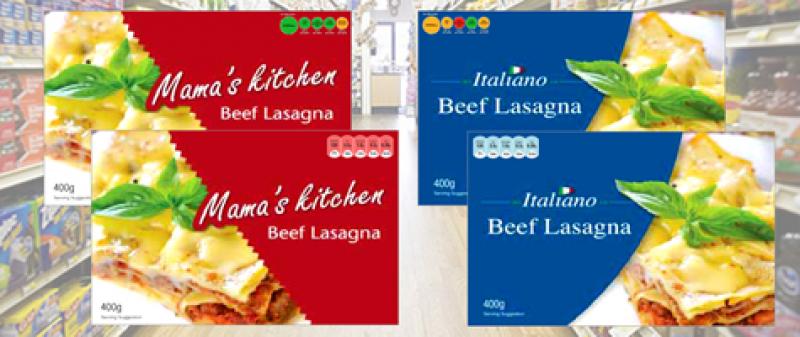
A red light for consumer information
In June, MEPs voted on new legislation on food labelling – determining what nutritional information should be displayed on the packaging of items such as snacks, soft drinks and ready-meals. The vote has been the subject of a major lobby campaign by the food industry, opposed to mandatory information on food packaging. See our update on the voting result: http://www.corporateeurope.org/lobbycracy/blog/nina/2010/06/29/industry-...
A new report by CEO reveals how the Confederation of the food and drink industries of the EU (CIAA) has spent €1 billion opposing proposals for front-of-pack ‘traffic light’ labels – which have a green symbol for healthy options and a red symbol for sugary, fatty and salty foods – in favour of a system based on guideline daily amounts (GDAs), which shows how many calories a ‘portion’ contains as a percentage of an adult’s daily needs. Download the report CIAA has criticised CEO's report and the €1 billion figure. Read an update on that debate on our Brusselssunshine blog.
Health and consumer campaigners argue that such labels are less effective because they rely on an arbitrary notion of a portion, and only reflect adult needs, which are not relevant for children – often the target market for snacks and sweets. They favour the traffic-light label which is much easier to understand for a larger audience and the most socially disadvantaged. But their voices were completely outnumbered by industry’s campaign, which included TV adverts, lunch debates with MEPs, and tons of detailed ‘voting recommendations’ sent to MEPs.
Industry also commissioned two studies to look at consumer perceptions of labels from the European Food Information Council (EUFIC), a think tank which is funded by the food industry. The studies focused almost exclusively on industry’s preferred GDA approach and did not compare it with traffic lights to see which scheme provides shoppers with the best information at-a-glance on healthier foods. An independent study in Australia found that people who used traffic light labelling were five times more likely to be able to identify healthier food products than those who saw the single coloured counterpart promoted by industry. In March, the European Parliament’s Environment committee rejected the traffic-light system by 32 to 30 votes and that Committee’s report is due to be discussed and adopted by MEPs next week in Strasbourg.
MEP Carl Schlyter, member of the Committee on Environment, Public Health and Food Safety (ENVI) is shadow rapporteur on the food labelling dossier for the Greens. In an interview with CEO, he reflects on one of the biggest lobbying battles in Brussels in recent years. Read our interview with MEP Carl Schlyter ‘Hard-core’ lobbying: “voting recommendations” sent to MEPs on food labelling regulation CEO has collected more than twenty e-mails from industry lobbyists with “voting recommendations” for MEPs ahead of the ENVI committee vote, in March 2010, on the ‘Sommer report’ about the new EU regulation on food labelling. Read a sample of e-mails sent to MEPs by lobbyists High time for CIAA to come clean on its lobbying CIAA's €1-billion campaign to promote the GDA labelling system was clearly a key element in its political strategy to combat other, stricter labelling options which it feared would damage sales of unhealthy food, such as the 'traffic light' system. This system was rejected in the European Parliament's plenary vote on 17 June. Read our update (23 June 2010)
